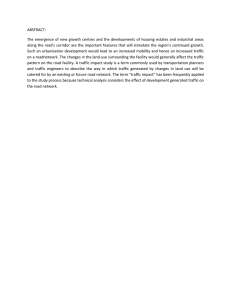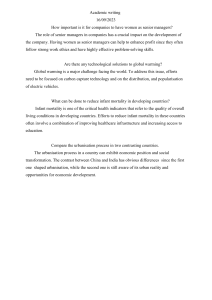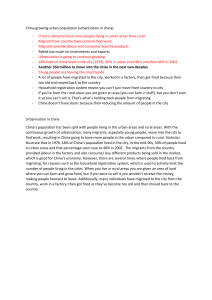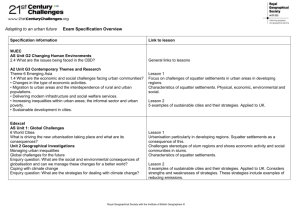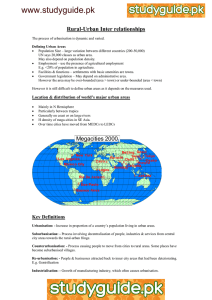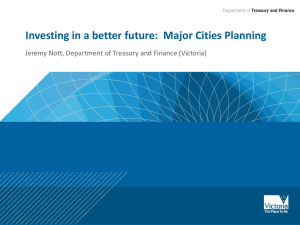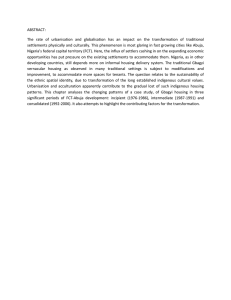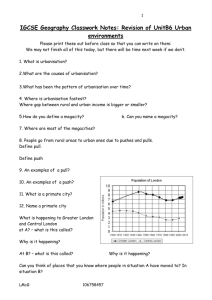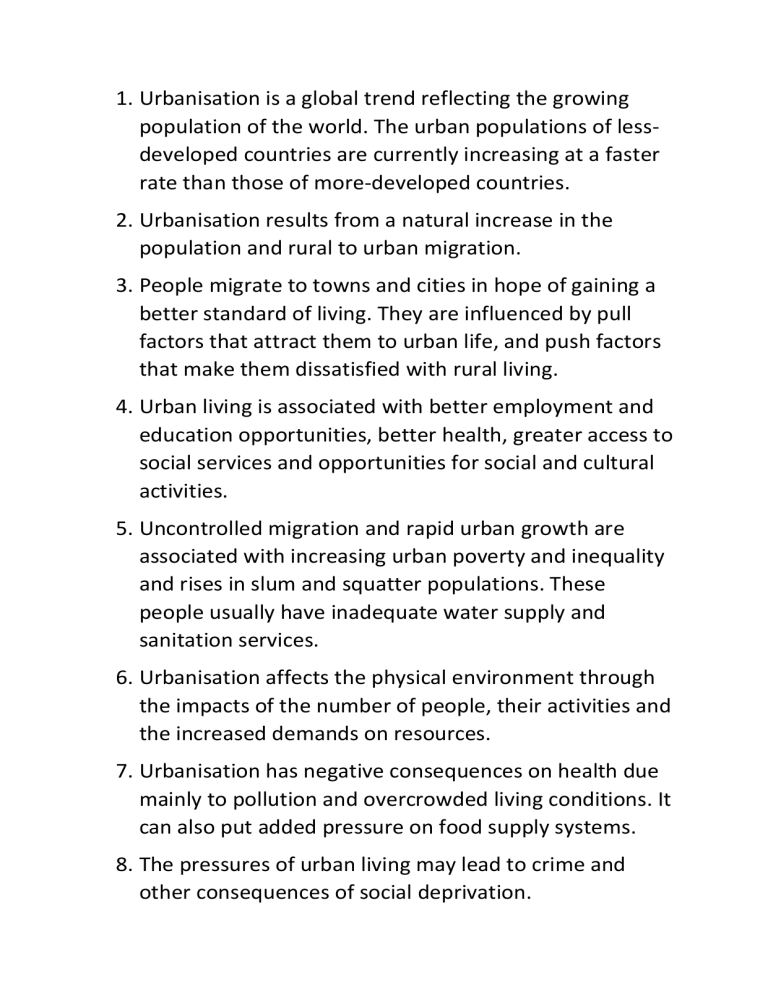
1. Urbanisation is a global trend reflecting the growing population of the world. The urban populations of lessdeveloped countries are currently increasing at a faster rate than those of more-developed countries. 2. Urbanisation results from a natural increase in the population and rural to urban migration. 3. People migrate to towns and cities in hope of gaining a better standard of living. They are influenced by pull factors that attract them to urban life, and push factors that make them dissatisfied with rural living. 4. Urban living is associated with better employment and education opportunities, better health, greater access to social services and opportunities for social and cultural activities. 5. Uncontrolled migration and rapid urban growth are associated with increasing urban poverty and inequality and rises in slum and squatter populations. These people usually have inadequate water supply and sanitation services. 6. Urbanisation affects the physical environment through the impacts of the number of people, their activities and the increased demands on resources. 7. Urbanisation has negative consequences on health due mainly to pollution and overcrowded living conditions. It can also put added pressure on food supply systems. 8. The pressures of urban living may lead to crime and other consequences of social deprivation.

